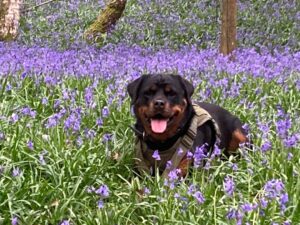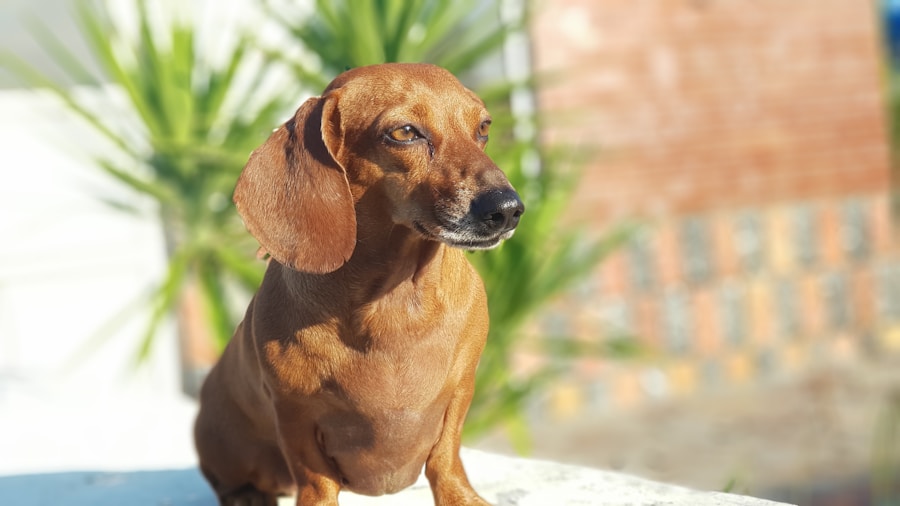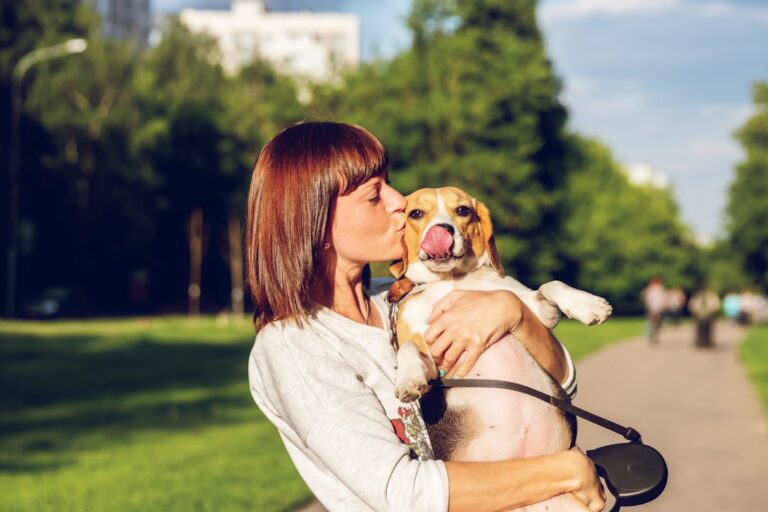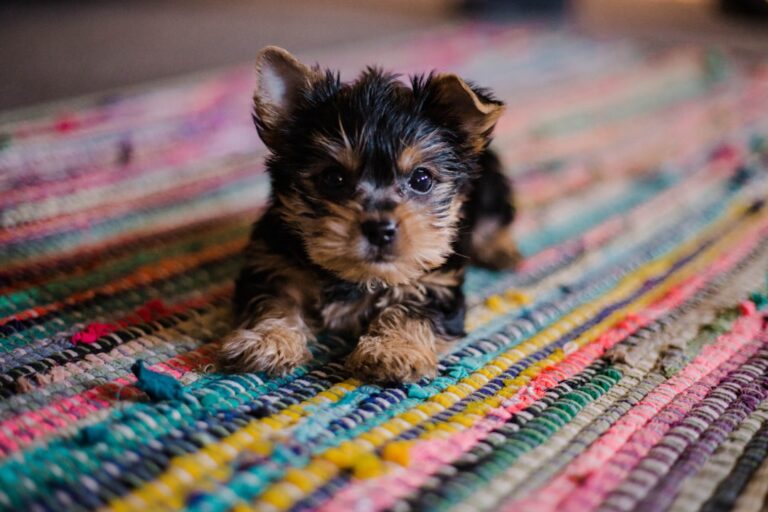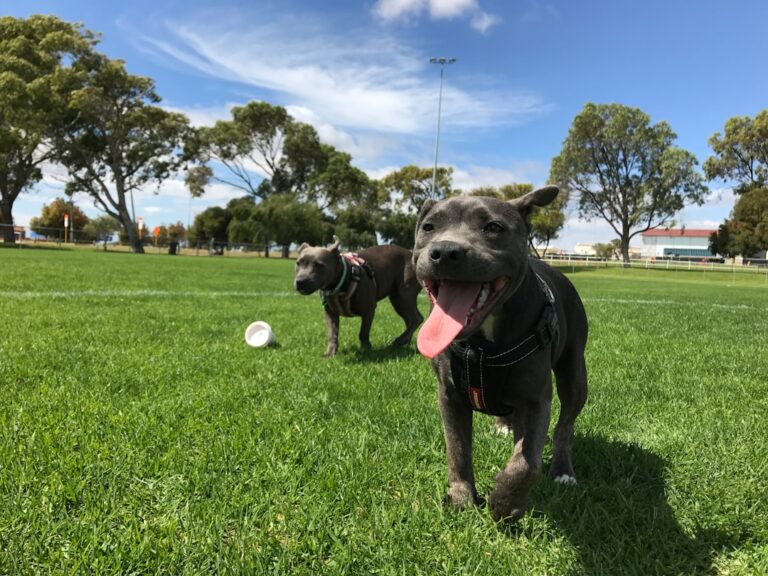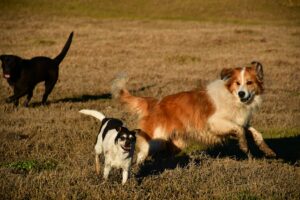The Dachshund, often affectionately referred to as the “wiener dog,” boasts a rich and storied history that dates back several centuries. Originating in Germany, the breed was developed in the 15th century for the purpose of hunting badgers. The name “Dachshund” itself is derived from the German words “Dachs,” meaning badger, and “Hund,” meaning dog.
This breed was specifically designed with a long body and short legs, allowing it to burrow into badger dens and flush out these tenacious creatures. The Dachshund’s unique physique was not merely a whimsical design; it was a practical adaptation that enabled them to excel in their role as hunters. As the breed gained popularity, it began to diversify into various types based on size and coat.
By the 19th century, Dachshunds were not only used for hunting but also became beloved companions among the German nobility. Their charming appearance and spirited personality made them a favorite among many households. The breed’s popularity spread beyond Germany, particularly in the United States, where they became a symbol of loyalty and companionship.
The Dachshund’s journey through history reflects not only its adaptability as a working dog but also its evolution into a cherished family pet.
Key Takeaways
- The Dachshund originated in Germany in the 15th century and was bred for hunting badgers and other small game.
- Dachshunds are known for their long body, short legs, and distinctive elongated shape, making them easily recognizable.
- Dachshunds are intelligent, independent, and loyal dogs, but they can also be stubborn and have a tendency to bark.
- Training and socialization are important for Dachshunds to help manage their stubbornness and prevent aggression towards strangers.
- Dachshunds are prone to back problems, obesity, and dental issues, so regular vet check-ups and a balanced diet are essential for their health.
Physical Characteristics of the Dachshund
Dachshunds are easily recognizable due to their distinctive physical characteristics. They possess a long, elongated body that is supported by short, sturdy legs, giving them a unique silhouette that is both endearing and functional. Adult Dachshunds typically weigh between 16 to 32 pounds, depending on whether they are standard or miniature in size.
The standard Dachshund generally weighs between 16 to 32 pounds, while the miniature version weighs under 11 pounds. This size variation allows for a broader appeal, catering to different preferences among dog owners. In addition to their body shape, Dachshunds come in three distinct coat types: smooth, longhaired, and wirehaired.
The smooth coat is sleek and shiny, requiring minimal grooming, while the longhaired variety features soft, flowing fur that may require more maintenance to prevent matting. The wirehaired Dachshund has a coarse outer coat with a softer undercoat, giving it a rugged appearance. Each coat type contributes to the breed’s overall charm and personality, making them appealing to a wide range of dog lovers.
Their expressive eyes and long ears further enhance their character, making them not just pets but also companions with whom many people form deep emotional bonds.
Personality Traits of the Dachshund
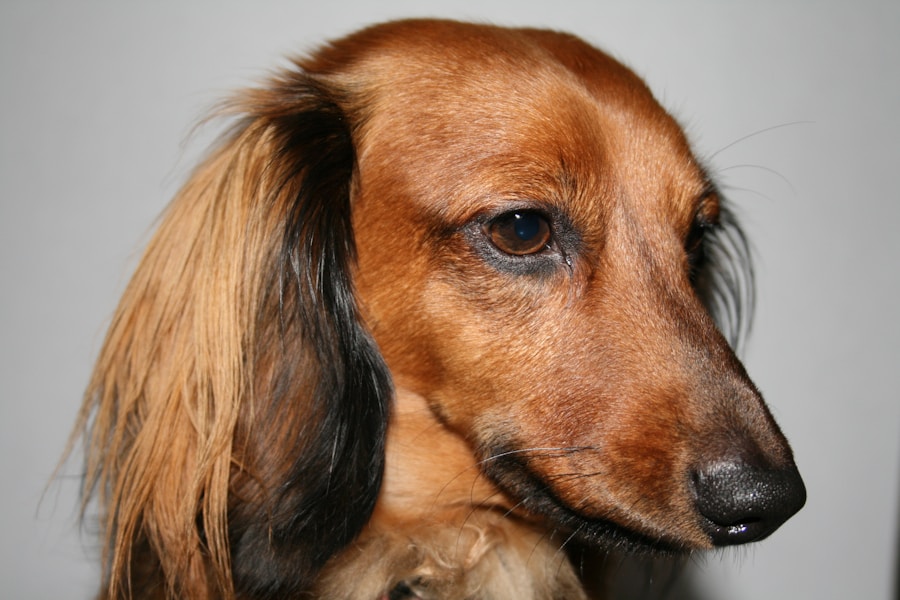
Dachshunds are known for their vibrant personalities, which can be described as spirited, curious, and sometimes stubborn. They possess an innate sense of independence that can make training a challenge for some owners. However, this independence is often coupled with a strong desire to please their human companions, leading to a unique blend of traits that can be both delightful and demanding.
Their playful nature makes them excellent companions for families and individuals alike, as they thrive on interaction and engagement. Moreover, Dachshunds are known for their loyalty and protective instincts. They often form strong attachments to their families and can be quite vocal when it comes to alerting their owners of any perceived threats.
This protective nature can sometimes manifest as wariness towards strangers, making early socialization crucial for developing a well-rounded temperament. Despite their small stature, Dachshunds often exhibit a larger-than-life attitude, displaying confidence that belies their size. This combination of loyalty, playfulness, and assertiveness makes them not only entertaining companions but also devoted family members.
Training and Socialization for Dachshunds
| Training and Socialization for Dachshunds | |
|---|---|
| Training Time | 1-2 hours per day |
| Socialization | Early and consistent socialization is important to prevent aggression towards strangers and other dogs |
| Basic Commands | Sit, Stay, Come, Down |
| House Training | Can take 4-6 months to fully house train a Dachshund |
| Positive Reinforcement | Effective training method for Dachshunds |
Training a Dachshund requires patience and consistency due to their independent streak. Early socialization is essential for this breed; exposing them to various environments, people, and other animals helps them develop into well-adjusted adults. Puppy classes can be particularly beneficial, providing structured environments where they can learn basic commands while interacting with other dogs.
Positive reinforcement techniques work best with Dachshunds; they respond well to treats and praise but may become disinterested if training feels too repetitive or harsh. In addition to basic obedience training, it is important to address specific behavioral traits that may arise due to their hunting background. For instance, Dachshunds have a strong prey drive and may chase after small animals if not properly trained.
Teaching them reliable recall commands can help mitigate this instinct. Furthermore, engaging in activities that stimulate their minds—such as puzzle toys or scent games—can keep them mentally sharp and reduce unwanted behaviors stemming from boredom or excess energy.
Health Considerations for Dachshunds
Dachshunds are generally healthy dogs; however, they are predisposed to certain health issues that potential owners should be aware of. One of the most significant concerns is intervertebral disc disease (IVDD), which affects the spine due to their elongated bodies. This condition can lead to severe pain or even paralysis if not addressed promptly.
Regular veterinary check-ups and maintaining a healthy weight are crucial in preventing this issue from becoming problematic. Additionally, Dachshunds may experience other health concerns such as hip dysplasia, eye disorders like cataracts or progressive retinal atrophy (PRA), and dental issues due to their unique jaw structure. Responsible breeding practices can help mitigate some of these risks; prospective owners should seek out reputable breeders who conduct health screenings on their breeding stock.
Awareness of these potential health issues allows owners to take proactive measures in ensuring their Dachshund leads a long and healthy life.
Exercise and Activity Needs for Dachshunds
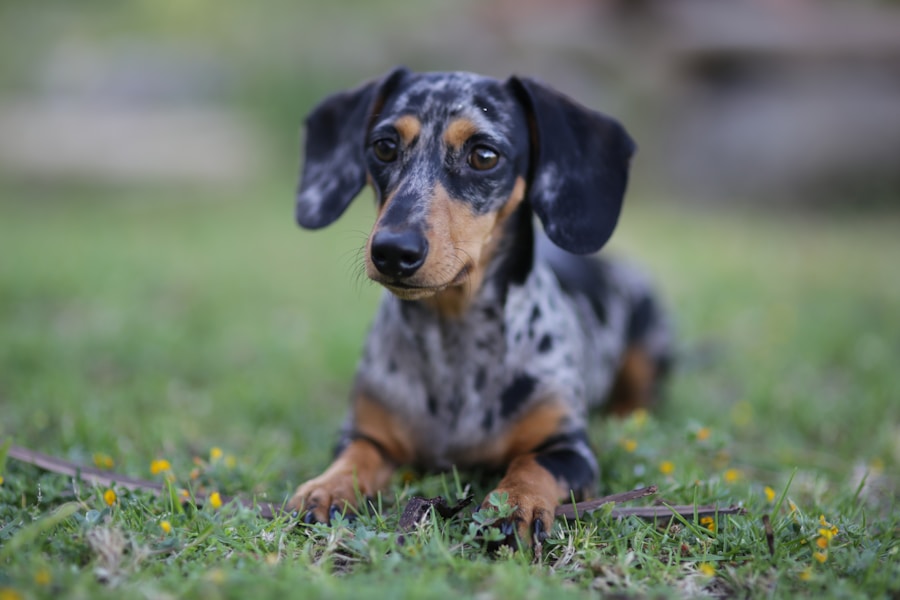
Despite their small size, Dachshunds require regular exercise to maintain both physical health and mental well-being. Daily walks are essential; they enjoy exploring their surroundings and engaging in sniffing activities that stimulate their senses. A minimum of 30 minutes of exercise each day is recommended, but this can be broken up into shorter sessions throughout the day to accommodate busy schedules or varying energy levels.
In addition to walks, interactive playtime is vital for keeping a Dachshund engaged. Activities such as fetch or tug-of-war can provide both physical exercise and mental stimulation. However, it is important to monitor their activity levels closely; due to their long backs, excessive jumping or rough play can lead to injuries.
Providing safe spaces for them to explore and play while ensuring they do not overexert themselves is key to maintaining their health.
Grooming and Care for Dachshunds
Grooming needs for Dachshunds vary depending on their coat type. Smooth-coated Dachshunds require minimal grooming; regular brushing with a soft brush will help remove loose hair and keep their coat healthy. Longhaired varieties need more attention; they should be brushed several times a week to prevent tangles and mats from forming in their flowing fur.
Wirehaired Dachshunds benefit from occasional hand-stripping to maintain the texture of their coat. In addition to coat care, regular dental hygiene is crucial for all Dachshunds due to their predisposition to dental issues. Brushing their teeth several times a week can help prevent tartar buildup and maintain oral health.
Nail trimming should also be part of their grooming routine; keeping nails short prevents discomfort while walking and reduces the risk of injury. Bathing should be done as needed; over-bathing can strip natural oils from their skin, leading to dryness.
Finding the Perfect Dachshund for Your Family
When considering adding a Dachshund to your family, it is essential to evaluate your lifestyle and living situation carefully. These dogs thrive in environments where they receive ample attention and interaction from their owners. Families with children can benefit from the playful nature of Dachshunds; however, it is important to teach children how to interact gently with them due to their small size and potential for injury if mishandled.
Adopting from shelters or rescue organizations can be an excellent way to find a Dachshund in need of a loving home. Many dogs in shelters are already socialized and may have some basic training, making them suitable candidates for families looking for companionship without starting from scratch. If opting for a breeder, ensure they adhere to ethical breeding practices and prioritize the health and temperament of their dogs.
Regardless of where you find your new companion, taking the time to understand the breed’s needs will lead to a fulfilling relationship between you and your new furry friend.



